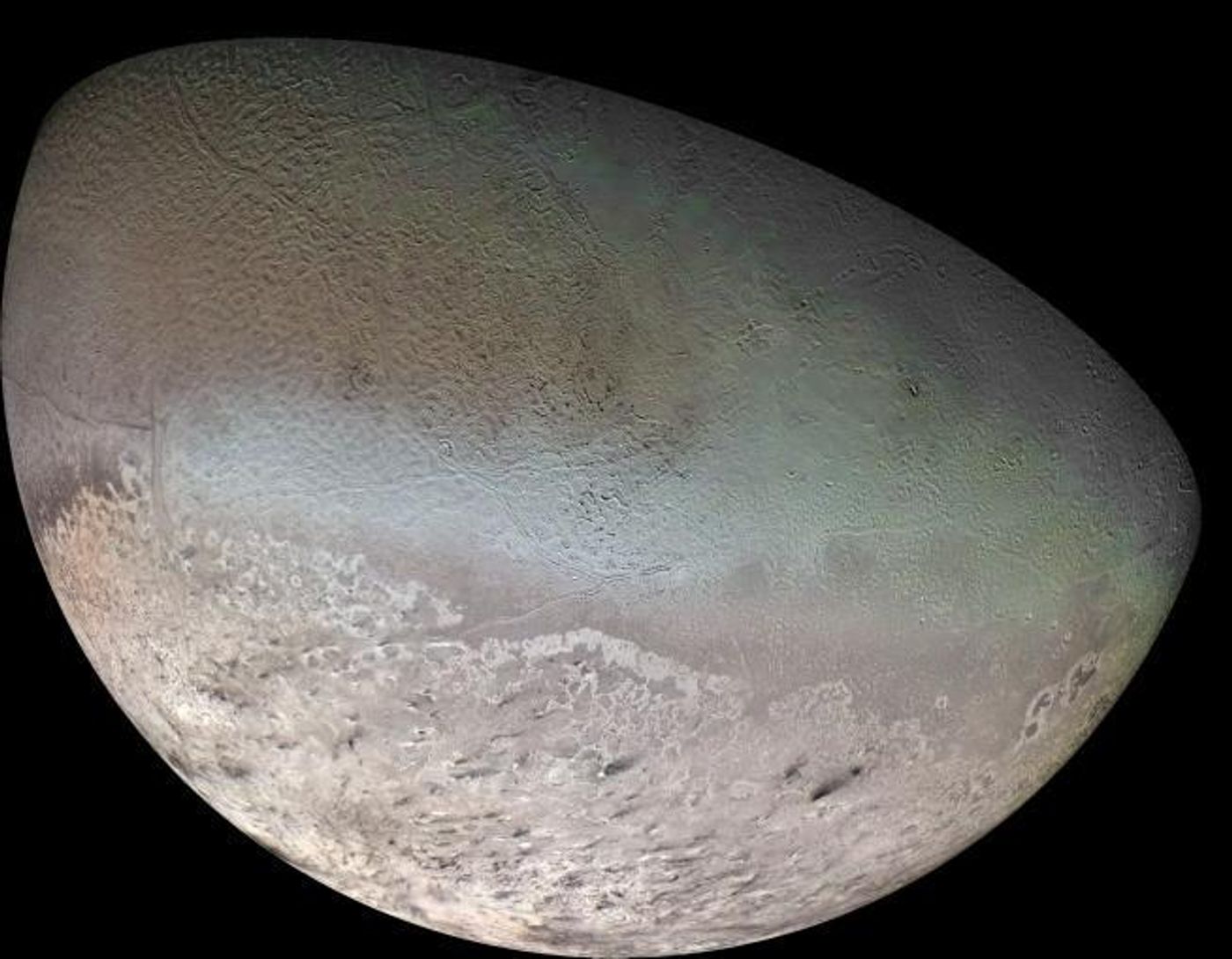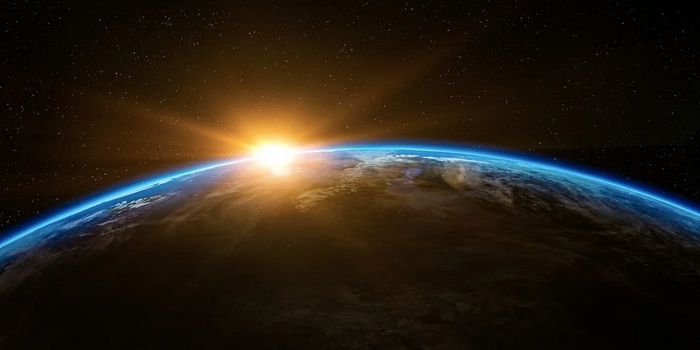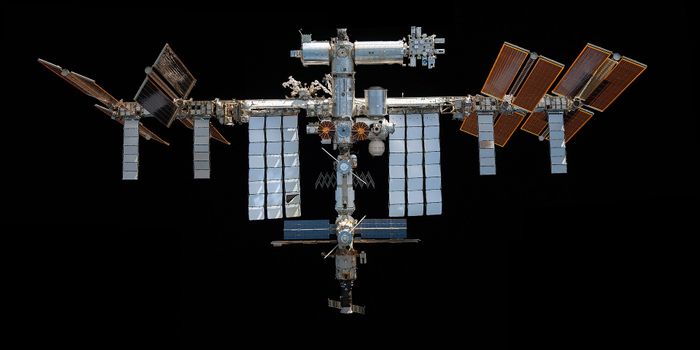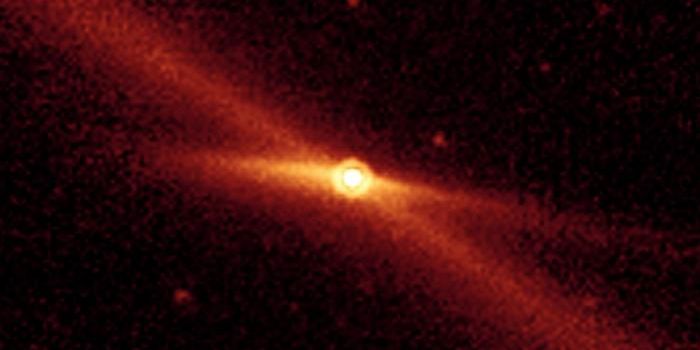Triton: The Cantaloupe Moon
Triton, the largest moon of Neptune—The Cantaloupe Moon, with its literal cantaloupe-like terrain and active geysers, Triton is one of the most intriguing objects in the solar system. Aside from these aforementioned features, Triton is the only large moon in our solar system that orbits in the opposite direction of its planet’s rotation—a retrograde orbit. While its active geysers are awesome by themselves, their discovery initially puzzled scientists due to Triton’s extremely cold temperatures.
Triton was discovered by the English astronomer William Lassell in October 1846, only a few weeks after the discovery of Neptune itself. Triton was named after a merman in Greek Mythology who was the son of the sea god Poseidon (the Roman god Neptune). Like Earth’s Moon, Triton is tidally locked with Neptune as it keeps the same face toward its parent planet and leads with the same face in its orbit.
The first, and so far, only spacecraft to visit Triton was NASA’s Voyager 2 in 1989. During the encounter, Voyager 2 two-thirds of the large moon, revealing it to be the coldest known planetary body in the solar system. It was also during this encounter that Voyager 2 discovered the active geysers on Triton’s surface, initially appearing as dark streaks. The plumes emanating from these geysers were measured to be rising approximately five miles (eight kilometers) above the surface. These geysers are likely composed of nitrogen frost and organic compounds, and eruptions may last up to a year. Their presence is believed to be extraordinary since Triton has an average temperature of -400°F (-240°C).
While Voyager 2 continues to be the only spacecraft to visit this amazing moon, one such proposed NASA mission is Trident, which was almost selected in 2021 as a Discovery-class mission to conduct a flyby of Neptune and Triton. The spacecraft would have launched in 2026 and arrive at Neptune and Triton in 2038. The mission was ultimately passed over in favor of two missions to Venus, DAVINCI+ and VERITAS.
What further secrets will we eventually reveal about one of the most intriguing moons in our solar system? Only time will tell, and this is why we science!
As always, keep doing science & keep looking up!
Sources: NASA Solar System Exploration (1), Britannica, NASA Solar System Exploration (2), National Park Service, The Planetary Society









